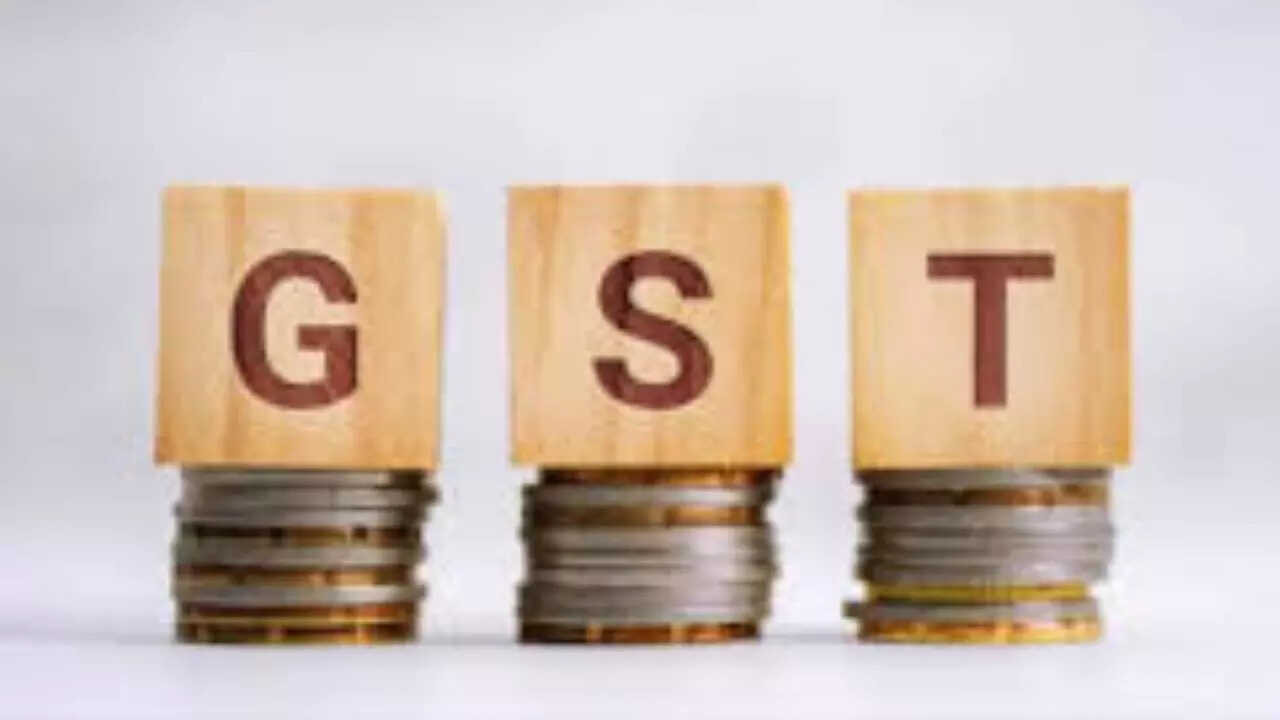Global oil markets are bracing for a significant surplus, with production set to outstrip demand by over four million barrels daily by 2026, according to the IEA. Despite a boost from China, supply growth is outpacing consumption, leading to an “askew” market balance. Uncertainties like trade disputes and sanctions add to the complex outlook.
The Looming Oil Surplus: What It Means for Your Wallet and the Planet
The global energy landscape is shifting, and not in the way many might expect. While headlines often scream about energy shortages and rising prices, a different story is quietly unfolding beneath the surface. The International Energy Agency (IEA) recently released a report hinting at something quite significant: a potential oil glut in the not-so-distant future. Could we really be looking at a world awash in crude? And if so, what are the implications?
The IEA predicts that oil supply is set to significantly outpace demand in the coming years, potentially creating a surplus of a staggering 4 million barrels per day by 2026. To put that into perspective, that’s roughly equivalent to the entire oil production of a major player like Brazil. This projected imbalance is primarily driven by two factors: robust growth in oil production, particularly from countries outside of the traditional OPEC+ alliance, and a slowing growth rate in global oil demand.
Why This Oil Surplus Is Happening
The surge in production can be attributed to a confluence of factors. Countries like the United States, Brazil, and Guyana are ramping up their oil extraction efforts, fueled by technological advancements and attractive investment environments. Increased drilling efficiencies and the exploitation of previously inaccessible reserves are contributing to a steady stream of crude entering the market. Meanwhile, OPEC+ nations, while attempting to manage production levels to stabilize prices, are facing increased competition from these external players.
On the demand side, the story is more nuanced. While global oil consumption is still rising, the rate of growth is slowing down. This is largely due to the increasing adoption of electric vehicles, improvements in energy efficiency across various sectors, and a growing emphasis on renewable energy sources. Government policies promoting sustainable energy and initiatives aimed at reducing carbon emissions are also playing a significant role in curbing the demand for oil.

What Does This Mean for Consumers?
A surplus in the oil market typically translates to lower prices at the pump. If the IEA’s projections hold true, consumers could see a welcome relief from the high fuel costs that have plagued them in recent years. Lower transportation costs could also have a ripple effect throughout the economy, potentially reducing the prices of goods and services. However, it’s important to remember that oil prices are influenced by a complex interplay of factors, including geopolitical events, currency fluctuations, and unexpected disruptions to supply. So, while a surplus suggests downward pressure on prices, it’s not a guaranteed outcome. It’s also worth considering how such low prices will impact investment in alternative energy if investors become hesitant.
The Geopolitical Implications of an Oil Surplus
Beyond the direct impact on consumers, an oil surplus could have significant geopolitical implications. Countries heavily reliant on oil revenues may face economic challenges as prices decline, potentially leading to political instability. This could reshape the global balance of power, as nations with greater economic resilience gain a competitive advantage. The dynamics within OPEC+ could also shift, as member states grapple with the challenge of managing production levels in a market characterized by oversupply. This potential shift in power could then have impacts on the world stage.
A Double-Edged Sword: Environmental Considerations
While lower oil prices might seem appealing, it’s crucial to consider the environmental consequences. Cheap oil could disincentivize investment in renewable energy sources and slow down the transition to a low-carbon economy. This could undermine efforts to combat climate change and make it more difficult to achieve global emissions targets. A sustained period of low oil prices could create a situation where it becomes more economically attractive to continue burning fossil fuels, potentially reversing the progress made in recent years. However, there are also arguments to be made that lower prices could free up capital for investment in green technologies. You can find more information on investment in renewables here.
Navigating the Future of Energy
The projected oil surplus presents both opportunities and challenges. It could provide much-needed economic relief for consumers and businesses, but it also poses a risk to the environment and could create geopolitical instability. As we navigate this evolving energy landscape, it’s essential to adopt a holistic approach that balances economic considerations with environmental responsibility and long-term sustainability. This means investing in renewable energy sources, promoting energy efficiency, and implementing policies that encourage a transition to a cleaner, more sustainable energy future.
The future of energy is uncertain, but one thing is clear: the world is on the cusp of a significant shift. By understanding the forces at play and taking proactive steps to address the challenges, we can create a more secure, sustainable, and equitable energy future for all.







